Home>Furniture>Living Room Furniture>How To Recover Patio Cushions
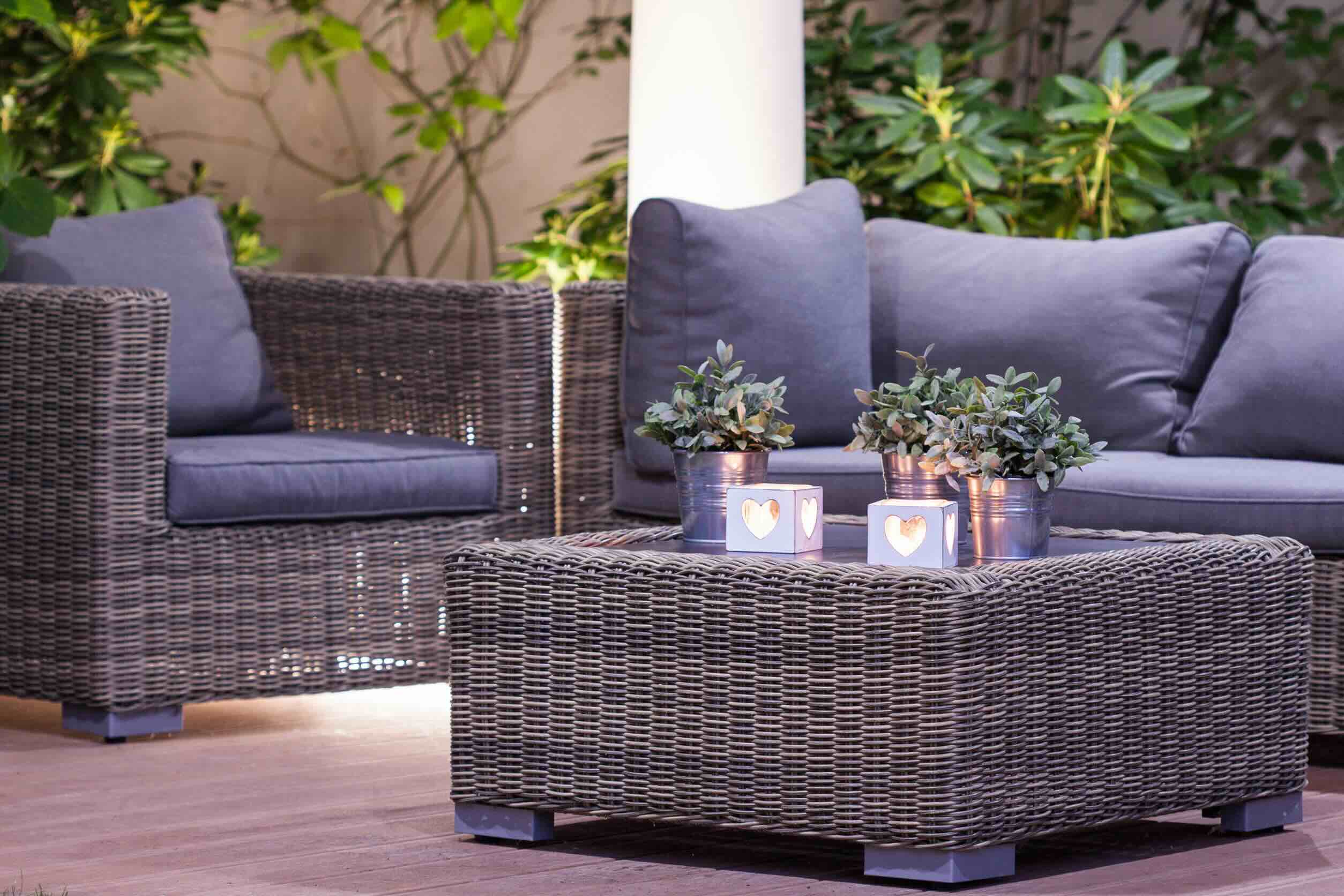

Living Room Furniture
How To Recover Patio Cushions
Modified: March 16, 2024
Learn how to recover your patio cushions with our step-by-step guide. Transform your living room furniture with this easy DIY project.
(Many of the links in this article redirect to a specific reviewed product. Your purchase of these products through affiliate links helps to generate commission for Storables.com, at no extra cost. Learn more)
Introduction
Welcome to our comprehensive guide on how to recover patio cushions. Over time, outdoor cushions can become worn, faded, or damaged due to exposure to the elements. However, there’s no need to spend a fortune on replacements when you can easily recover them yourself. In this article, we will walk you through the step-by-step process of reviving your patio cushions and giving them a fresh new look.
Whether your patio cushions are made of fabric, vinyl, or any other material, the recovery process is relatively straightforward. By following our instructions and taking a little bit of time and effort, you can transform your worn-out cushions into beautiful additions to your outdoor living space.
In the following sections, we will guide you through each step of the recovery process. You’ll learn how to remove and clean the cushions, assess any damage, repair minor tears and holes, replace padding or stuffing, choose and cut replacement fabric, and finally, sew or staple the new fabric cover. Once you’ve completed these steps, you’ll be ready to reattach the cushions to your patio furniture and enjoy the comfort and visual appeal of your revamped outdoor space.
Are you ready to breathe new life into your patio cushions? Let’s get started with step one: removing and cleaning the cushions.
Key Takeaways:
- Revive your worn-out patio cushions by following our step-by-step guide. Save money and enjoy a refreshed outdoor space with recovered cushions that look and feel brand new!
- Recovering patio cushions is a rewarding DIY project that extends the life of your outdoor furniture. With some effort and creativity, you can transform worn-out cushions into cozy and stylish additions to your outdoor living space.
Read more: How To Recover Boat Cushions
Step 1: Remove and Clean the Patio Cushions
The first crucial step in recovering your patio cushions is to remove them from your outdoor furniture. Start by carefully taking the cushions off their respective chairs or sofas. Use caution not to damage the cushions or the furniture frames during the removal process.
Once the cushions are removed, it’s time to give them a thorough cleaning to remove any dirt, dust, or stains they may have accumulated over time. The cleaning method will depend on the material of your cushions:
If your cushions are made of fabric:
- Check the care instructions provided by the manufacturer. Some fabric cushions may be machine washable, while others may require hand washing.
- If the cushions are machine washable, place them in a gentle wash cycle using mild detergent. Use cold water to prevent shrinkage or color fading.
- If hand washing is required, fill a basin or large bucket with water and a gentle detergent. Gently scrub the cushions with a soft brush or sponge, paying special attention to any stained areas.
- Rinse the cushions thoroughly to remove any soap residue. Ensure that no detergent remains, as it can cause discoloration or damage.
- Allow the cushions to air dry completely before moving on to the next steps.
If your cushions are made of vinyl or another non-fabric material:
- Wipe down the cushions using a damp cloth or sponge to remove any surface dirt or debris.
- In a bucket, mix a solution of water and mild detergent. Dip a brush or sponge in the solution and gently scrub the cushions, focusing on any areas with stains or grime.
- Rinse the cushions thoroughly with clean water to remove any soap residue.
- Allow the cushions to air dry completely before proceeding.
By properly cleaning your patio cushions, you’ll remove any dirt or stains that could affect the final appearance of the recovered cushions. Once they’re dry, you can move on to the next step: assessing the extent of any damage.
Step 2: Assess the Damage
After cleaning your patio cushions, it’s important to assess any damage they may have sustained. Carefully examine each cushion for tears, holes, or other signs of wear and tear. This step will help you determine the necessary repairs and replacements needed to restore the cushions to their former glory.
If you notice small tears or holes in the fabric, don’t worry! These can often be easily repaired using simple techniques. However, if the damage is extensive or beyond repair, you may need to consider replacing the entire cushion or seeking professional assistance.
Here are some tips for assessing the damage:
- Inspect all sides of the cushion, including the top, bottom, and sides.
- Look for any loose or frayed threads, as these can indicate potential weak points.
- Pay close attention to the seams, as they are common areas for tears or unraveling.
- If your cushions have zippers, check that they are functioning properly.
- Examine the padding or stuffing inside the cushion for any signs of deterioration or clumping, which may require replacement.
As you assess the damage, make a note of any necessary repairs or replacements. This will help you plan and gather the materials needed for the next steps in the cushion recovery process.
Remember, the goal of this step is to identify and address any issues so that you can proceed with the appropriate repairs. By taking the time to assess the damage thoroughly, you’ll be better prepared to restore your patio cushions to their original condition.
Once you’ve completed the assessment, it’s time to move on to step three: repairing minor tears and holes.
Step 3: Repair Minor Tears and Holes
Repairing minor tears and holes in your patio cushions is a cost-effective way to extend their lifespan and ensure they look good as new. With a few simple tools and materials, you can easily fix these small damages yourself. Let’s dive into the steps:
- Assess the size and location of the tear or hole: Determine if the damage is small enough to be repaired or if it requires more extensive measures like replacing the entire section of fabric. For small tears or holes, proceed with the repair process.
- Prepare the necessary tools and materials: You will need a needle, thread that matches the color of your cushion fabric, scissors, and a thimble (optional).
- Trim any loose threads or frayed edges: Use scissors to carefully cut away any loose threads or frayed edges surrounding the tear or hole. This will ensure a cleaner and neater appearance after the repair.
- Secure the area around the damage: To prevent further unraveling, sew a few small stitches on each side of the tear or hole. This will hold the fabric together and provide a stable base for the repair.
- Begin the repair: Thread the needle with a double layer of thread to make the repair stronger. Starting on the inside of the cushion cover, push the needle through the fabric, close to the edge of the tear or hole.
- Sew in a zigzag pattern: Using a zigzag pattern, stitch across the damaged area, securing the fabric together. Ensure that your stitches are close enough to provide a tight seal but not too close that they cause the fabric to bunch or pucker.
- Knot the thread: Once you reach the end of the tear or hole, secure the thread by tying a double knot on the inside of the cushion cover. Trim off any excess thread.
- Inspect the repair: Check both sides of the cushion cover to ensure the repair is secure and aesthetically pleasing. Make any necessary adjustments or touch-ups to achieve the desired result.
Repairing minor tears and holes in your patio cushions is a satisfying and cost-effective way to extend their lifespan. By following these simple steps, you’ll be able to restore the integrity and appearance of your cushions. Once the repairs are complete, you can move on to step four: replacing damaged padding or stuffing, if necessary.
Step 4: Replace Damaged Padding or Stuffing
If your patio cushions have worn-out or damaged padding or stuffing, it’s important to replace them to ensure optimal comfort and support. Over time, the padding can become flattened or lumpy, causing discomfort when sitting on the cushions. Here’s how you can replace the damaged padding or stuffing:
- Assess the condition of the padding: Remove the cushion cover and examine the padding or stuffing inside. Look for signs of clumping, flattening, or deterioration. If it is visibly damaged or no longer provides sufficient support, it’s time to replace it.
- Remove the old padding or stuffing: Carefully remove the existing padding or stuffing from the cushion cover. There may be a zipper or Velcro opening that allows you to access the inner filling. Take note of the shape and amount of padding or stuffing removed.
- Select the new padding or stuffing material: Choose a suitable replacement material for your cushions. Options include foam, polyester fiberfill, or even shredded memory foam for extra comfort. Consider the thickness and density of the material to match the original cushion design and level of support desired.
- Measure and cut the new padding or stuffing: Use the old padding or stuffing as a template to measure and cut the new material. Make sure to cut it slightly larger to account for any compression due to usage over time.
- Insert the new padding or stuffing: Place the new padding or stuffing into the cushion cover, ensuring it fills the entire space evenly. Use your hands to distribute it and fluff it up for a comfortable and plump cushion.
- Close the cushion cover: If your cushion cover has a zipper or Velcro opening, carefully seal it shut. Make sure the closure is secure and the new padding or stuffing is positioned correctly.
By replacing damaged padding or stuffing, you’ll restore the cushion’s comfort and support, providing a cozy seating experience. This step is particularly important if your cushions have been flattened or are no longer providing the desired level of comfort. Once the new padding or stuffing is in place, you can move on to step five: choosing and cutting the replacement fabric.
To recover patio cushions, measure the dimensions of the cushions and choose a durable, weather-resistant fabric. Use a sewing machine to create new covers, and consider adding a zipper for easy removal and cleaning.
Read more: How To Recover RV Cushions
Step 5: Choose and Cut Replacement Fabric
Choosing and cutting the right replacement fabric is an essential step in recovering your patio cushions. The fabric you select should be durable, weather-resistant, and visually appealing. Follow these steps to choose and cut the replacement fabric:
- Determine the appropriate fabric type: Consider the specific requirements of your outdoor space. Look for fabrics that are fade-resistant, water-resistant, and easy to clean. Options such as outdoor canvas, polyester, or acrylic fabrics are popular choices for patio cushions.
- Measure the cushion dimensions: Use a measuring tape to measure the length, width, and depth of the cushion. Take accurate measurements to ensure you purchase enough fabric to cover each cushion adequately.
- Select the fabric pattern and color: Choose a fabric pattern and color that complements your outdoor decor and personal style. Consider the overall aesthetic of your outdoor space, whether you prefer bold and vibrant prints or more subtle and neutral tones.
- Purchase the fabric: Visit a local fabric store or search online to find the fabric that meets your requirements. Take advantage of sales or discounts to get the best value for your money. Remember to buy enough fabric to cover all the cushions.
- Prepare the fabric for cutting: Lay the fabric flat on a clean and spacious surface. If necessary, iron the fabric to remove any wrinkles or creases. This will help ensure accurate cutting and a smooth finished look.
- Cut the fabric: Use sharp fabric scissors to cut the fabric according to the measurements you took earlier. Leave a few extra inches of fabric on each side to allow for seam allowances and a snug fit around the cushion.
- Label the fabric pieces: To avoid confusion later, it’s helpful to label each fabric piece according to its respective cushion. Use removable tape or small fabric tags to indicate which piece belongs to each cushion.
Choosing the right replacement fabric and cutting it to the correct dimensions ensure a professional-looking finish when recovering your patio cushions. Once you’ve completed this step, you’re ready to move on to step six: sewing or stapling the new fabric cover.
Step 6: Sew or Staple the New Fabric Cover
With the new replacement fabric ready, it’s time to sew or staple the fabric cover for your patio cushions. This step will bring your cushions one step closer to their refreshed and rejuvenated appearance. Follow these steps to sew or staple the new fabric cover:
- Prepare your sewing machine or stapler: If you’re using a sewing machine, ensure it is threaded and ready for use. If you’re using a stapler, have enough staples loaded and check that it is functioning properly.
- Place the fabric on a clean and flat surface: Lay the fabric with the wrong side facing up. Start with one fabric piece at a time, ensuring it is positioned correctly and centered on the cushion.
- Secure the fabric: If you’re sewing the fabric cover, use straight pins to secure the fabric in place. Insert the pins along the edges, ensuring they go through both the fabric and the cushion. If you’re using a stapler, simply fold the fabric over the cushion and staple along the edges.
- Attach the fabric: If you’re sewing, use a straight stitch or a decorative stitch to sew along the edges of the fabric, removing the pins as you go. Leave one side partially open for inserting the cushion. If you’re stapling, ensure the staples go through the fabric, cushion, and into the frame of the cushion.
- Insert the cushion: Carefully insert the cushion into the fabric cover through the opening you left. Make sure the cushion is positioned correctly and fully fills the cover.
- Closure: If you’re sewing, complete the final closure by stitching the remaining edge of the fabric cover. If you’re stapling, fold the fabric over the opening and secure it with staples, ensuring a neat and secure finish.
- Trim any excess fabric: Use scissors to carefully trim any excess fabric along the edges, ensuring a clean and polished look.
Whether you choose to sew or staple the new fabric cover, this step will give your patio cushions a fresh and updated appearance. Once the fabric cover is securely in place, you’re ready to move on to the final step: reattaching the cushions to your patio furniture.
Step 7: Reattach the Cushion to the Patio Furniture
With your newly recovered patio cushions ready, it’s time to reattach them to your patio furniture for a complete transformation. The final step of the recovery process ensures that your cushions are securely in place and ready to provide comfort and style to your outdoor living space. Here’s what you need to do:
- Position the cushion: Place the cushion back onto the patio furniture, aligning it with the corresponding seat or backrest. Make sure the cushion is centered and positioned correctly.
- Secure the cushion: Depending on the design of your patio furniture, there are different methods to secure the cushion. This may include ties, straps, Velcro, or snaps. Follow the manufacturer’s instructions or use the appropriate method to secure the cushion in place.
- Adjust and arrange: Once the cushion is attached, take a moment to adjust and arrange it for optimal comfort and aesthetic appeal. Fluff up the cushion, smooth out any wrinkles or folds in the fabric, and ensure it fits snugly against the backrest or seat.
- Test for stability: Sit on the newly attached cushion and test its stability and comfort. Make any necessary adjustments or additional securing if required.
- Enjoy your refreshed outdoor space: With the cushions successfully reattached, it’s time to sit back, relax, and enjoy your revitalized outdoor living area. Take pride in the effort you put into recovering your patio cushions, knowing that you have saved money and extended the life of your furniture.
By following these final steps, you will ensure that your patio cushions are securely in place, providing both comfort and aesthetic enhancement to your patio furniture. Now you can sit back and enjoy your revamped outdoor space, surrounded by the beauty and comfort of your recovered cushions.
Congratulations, you have successfully recovered your patio cushions and transformed your outdoor living area! Remember to periodically clean and maintain your newly recovered cushions to keep them looking fresh and vibrant for years to come.
Thank you for following our comprehensive guide on how to recover patio cushions. We hope this step-by-step process has been helpful, and wish you many enjoyable moments in your renewed outdoor space!
Conclusion
Congratulations on completing the process of recovering your patio cushions! By following the step-by-step guide outlined in this article, you have successfully transformed worn-out and damaged cushions into fresh and visually appealing additions to your outdoor living space.
Recovering patio cushions is a cost-effective and rewarding project that allows you to save money while giving your outdoor furniture a new lease on life. With just a little time and effort, you can revitalize your cushions and create a comfortable and inviting outdoor environment for relaxing and entertaining.
Throughout this guide, you have learned how to remove and clean the patio cushions, assess the damage, repair minor tears and holes, replace damaged padding or stuffing, choose and cut replacement fabric, and sew or staple the new fabric cover. Each step is crucial in the process and contributes to the overall success of recovering your patio cushions.
By carefully selecting the right materials and fabrics, following proper techniques, and paying attention to detail, you have not only improved the appearance and comfort of your cushions, but also extended their lifespan. You have taken a proactive approach to maintaining and caring for your outdoor furniture, ensuring many more seasons of enjoyment.
We hope that this comprehensive guide has provided you with the knowledge and confidence to undertake your patio cushion recovery project. Remember to consider the specific needs of your outdoor space, such as weather resistance and durability, when choosing fabrics and materials.
With your newly recovered patio cushions, you can now relax, entertain, and enjoy the beauty of the outdoors in style and comfort. Take pride in your accomplishment and show off your revamped outdoor space to friends and family.
Thank you for following along with our guide on how to recover patio cushions. We wish you many happy moments and cozy experiences in your renewed and inviting outdoor sanctuary!
Frequently Asked Questions about How To Recover Patio Cushions
Was this page helpful?
At Storables.com, we guarantee accurate and reliable information. Our content, validated by Expert Board Contributors, is crafted following stringent Editorial Policies. We're committed to providing you with well-researched, expert-backed insights for all your informational needs.
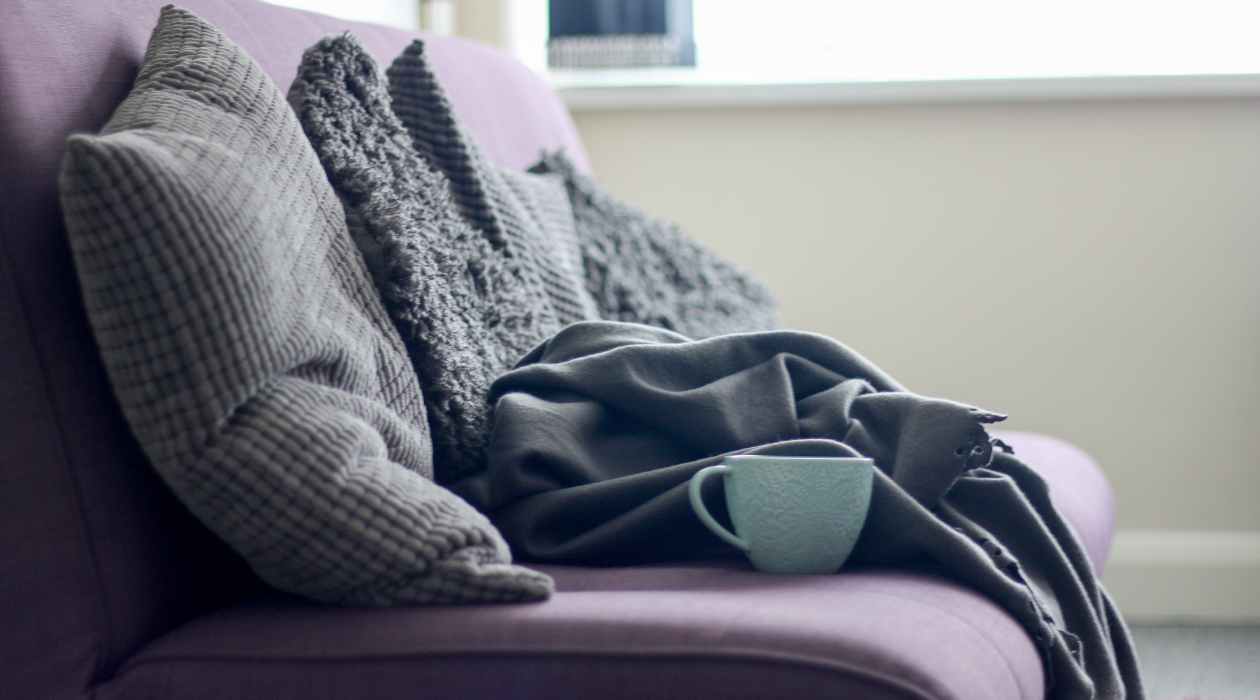
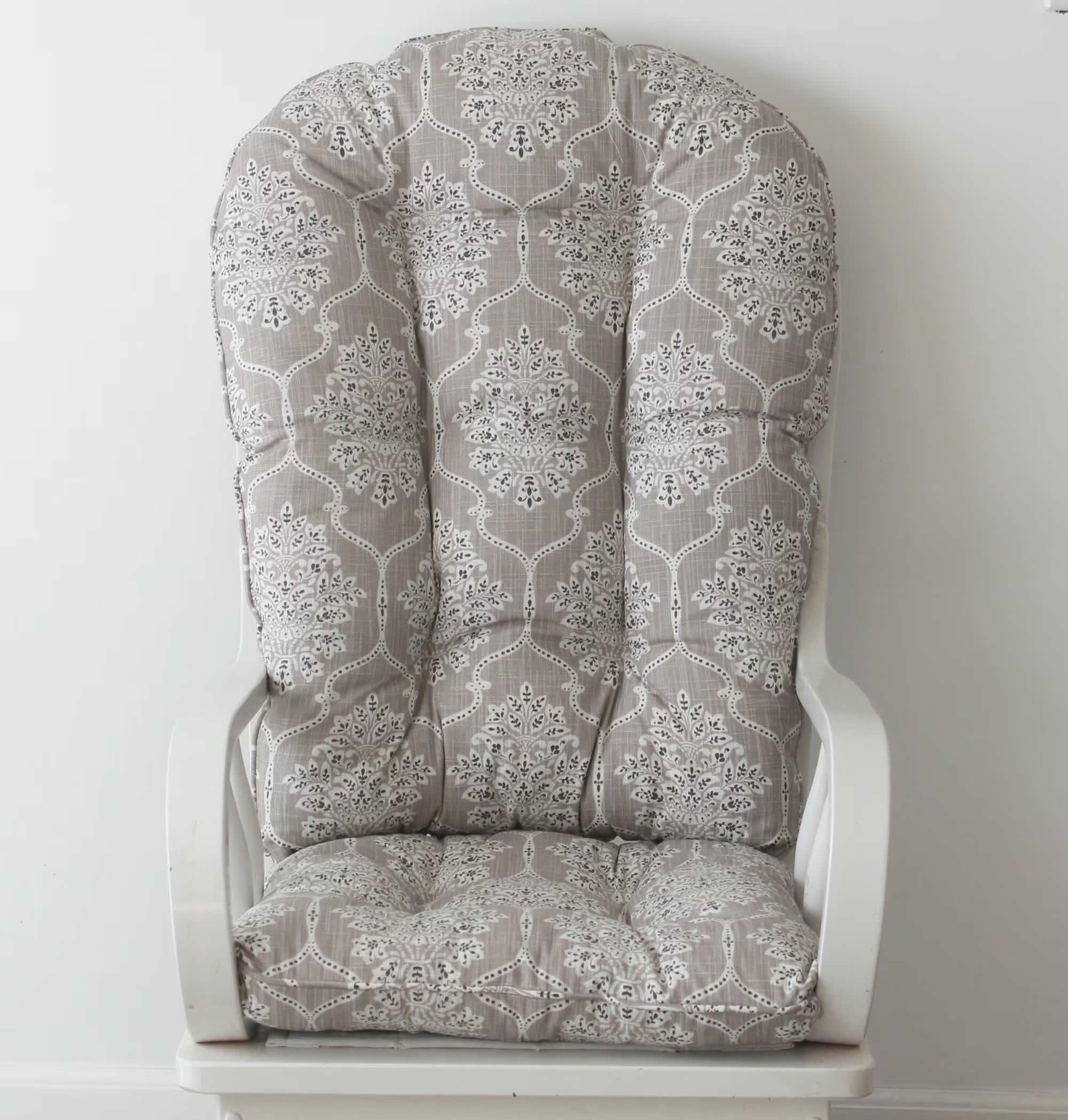
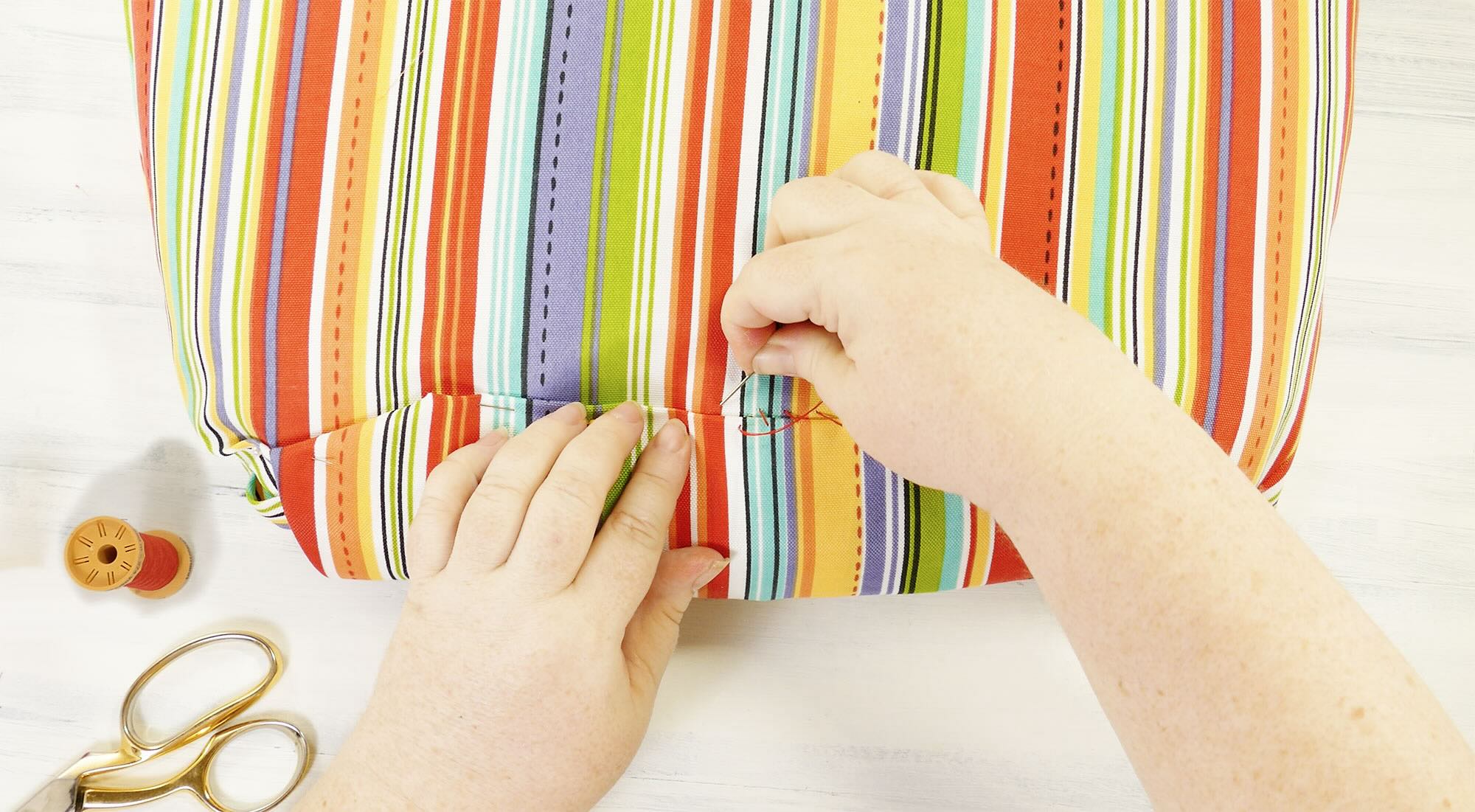
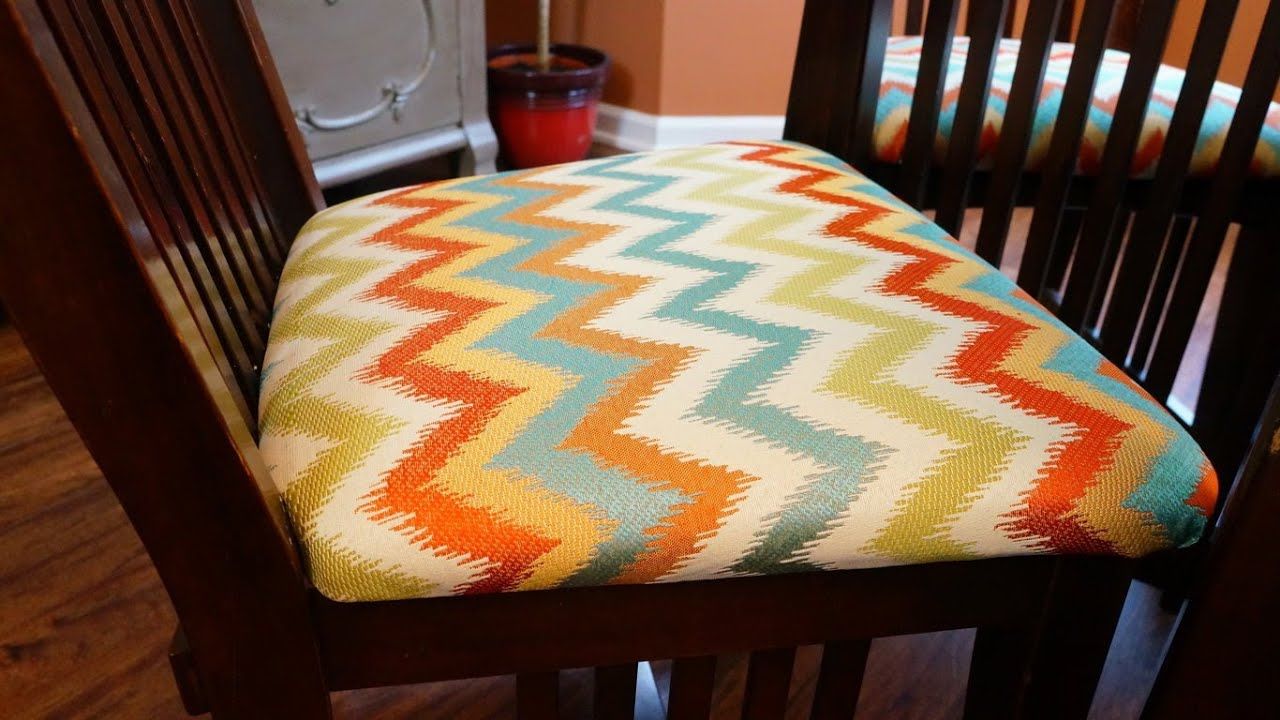
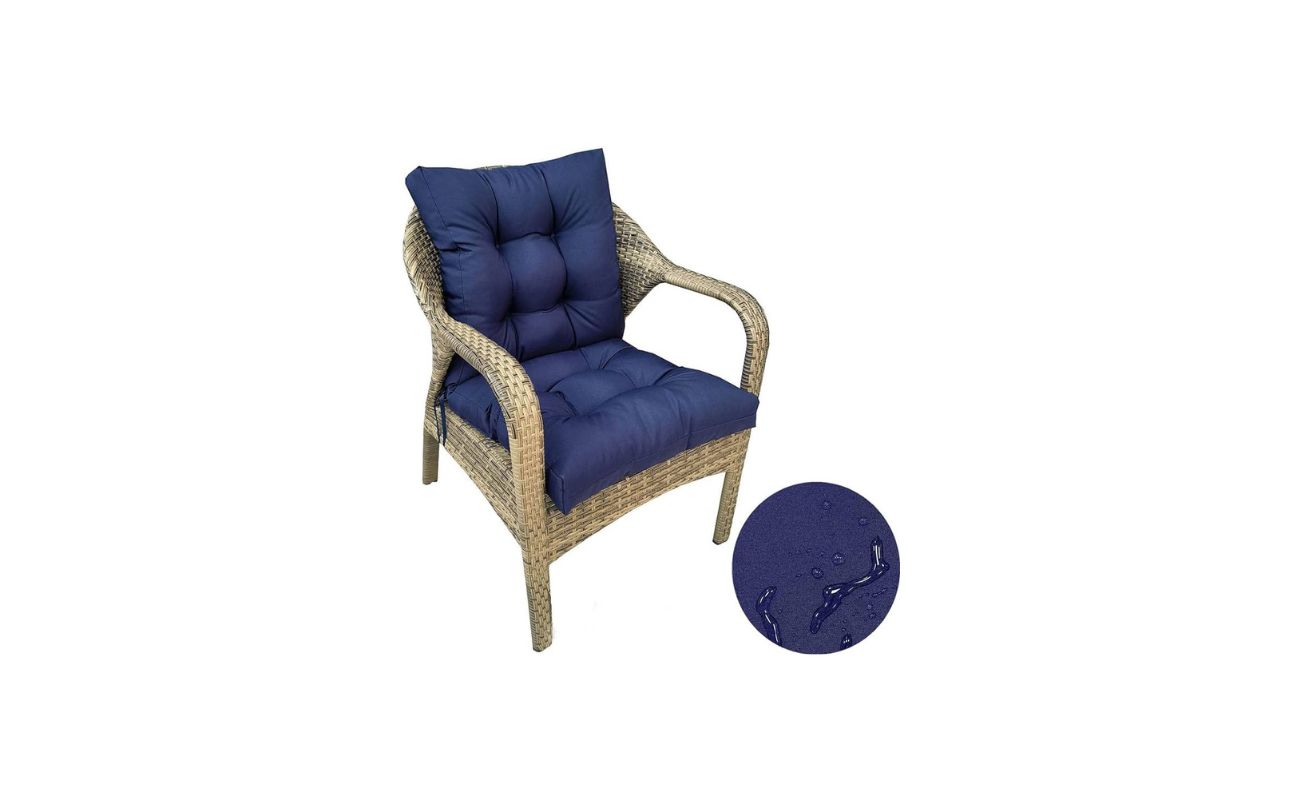
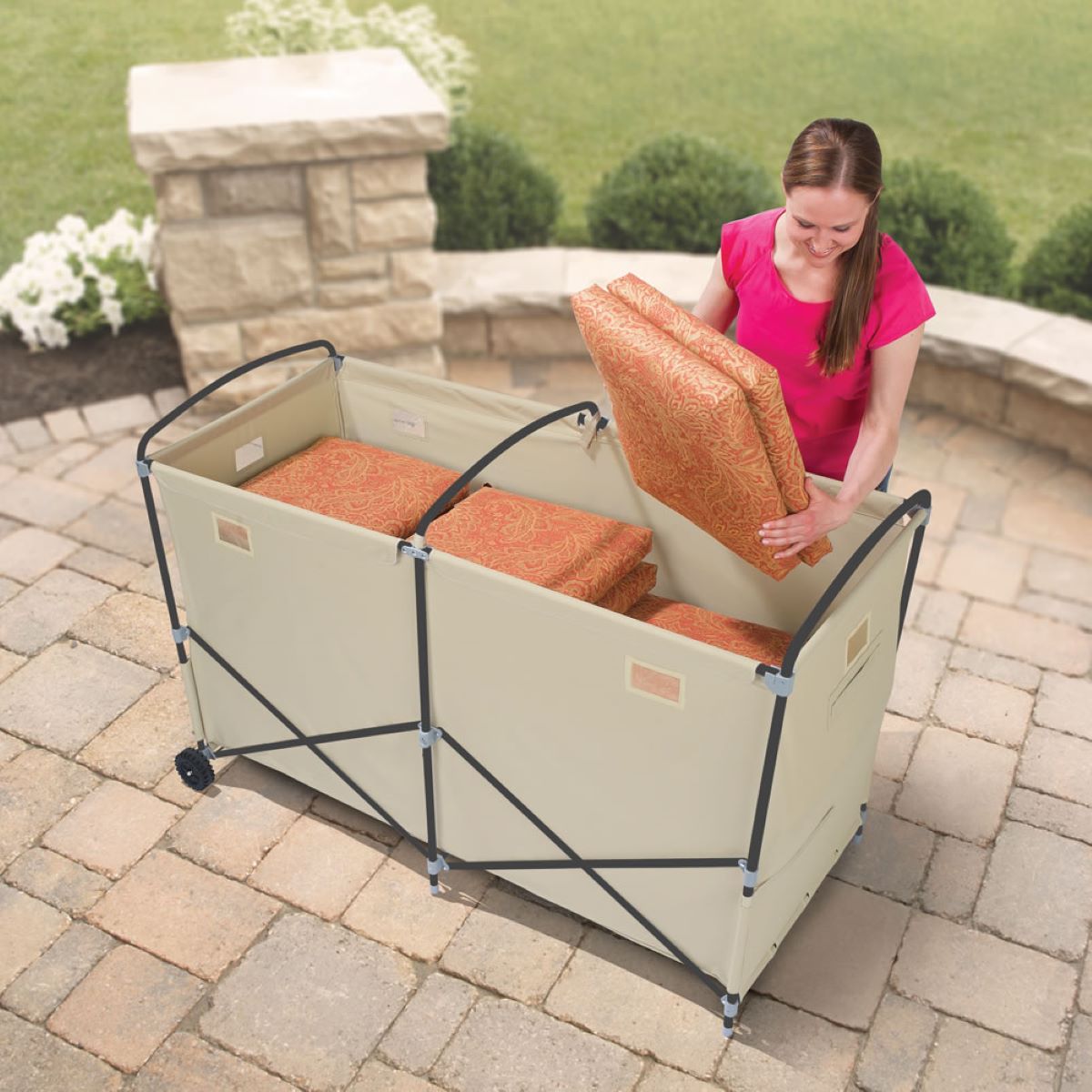
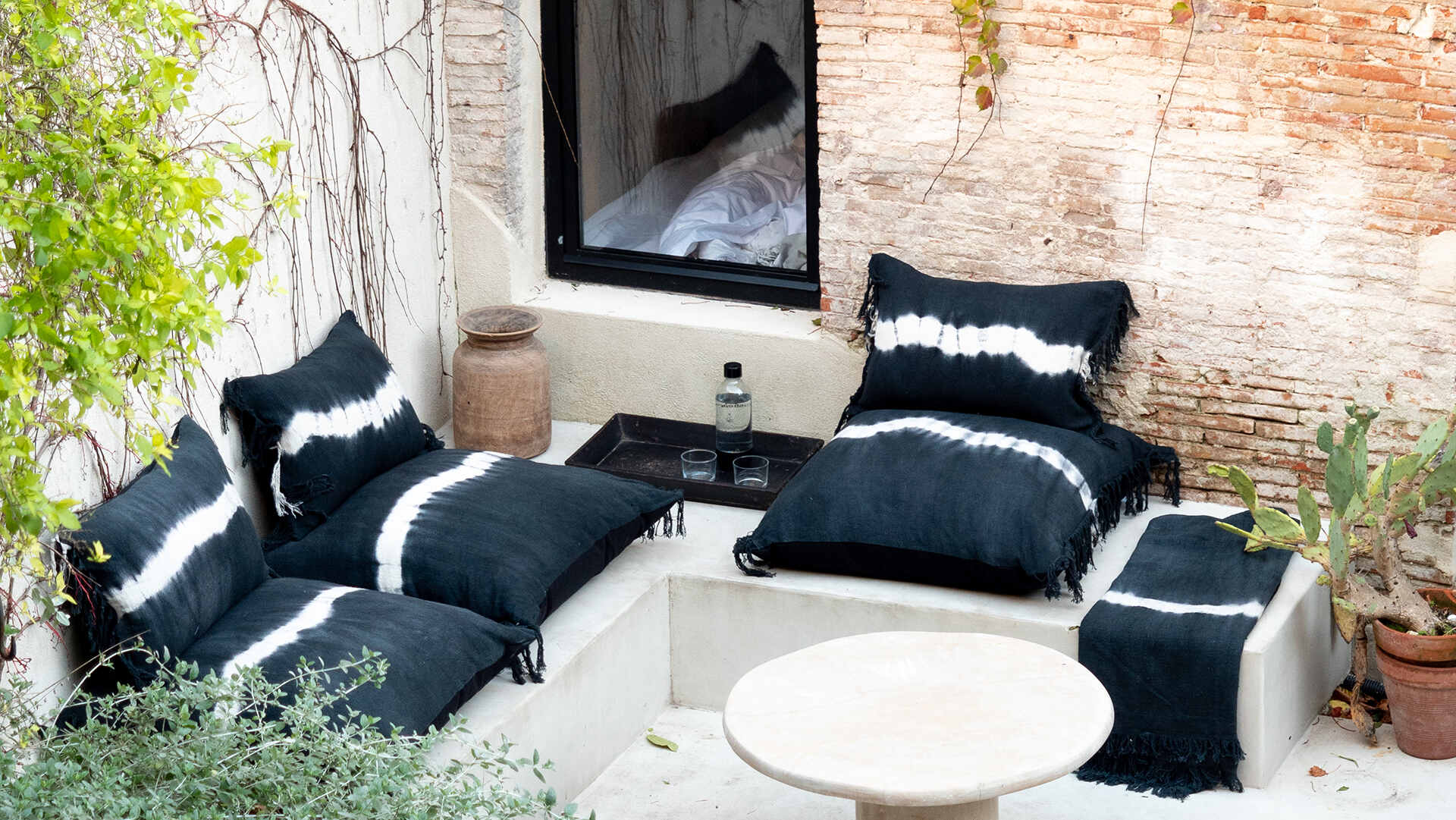
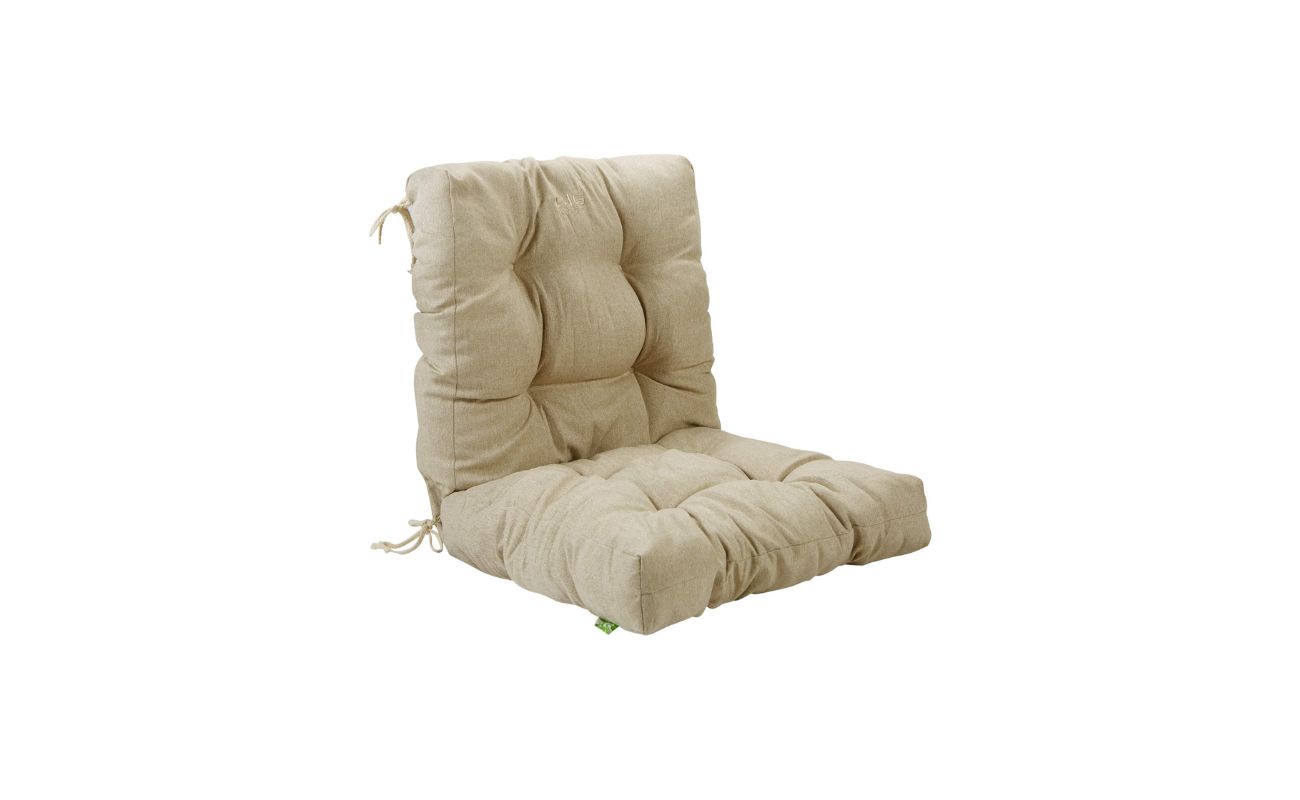
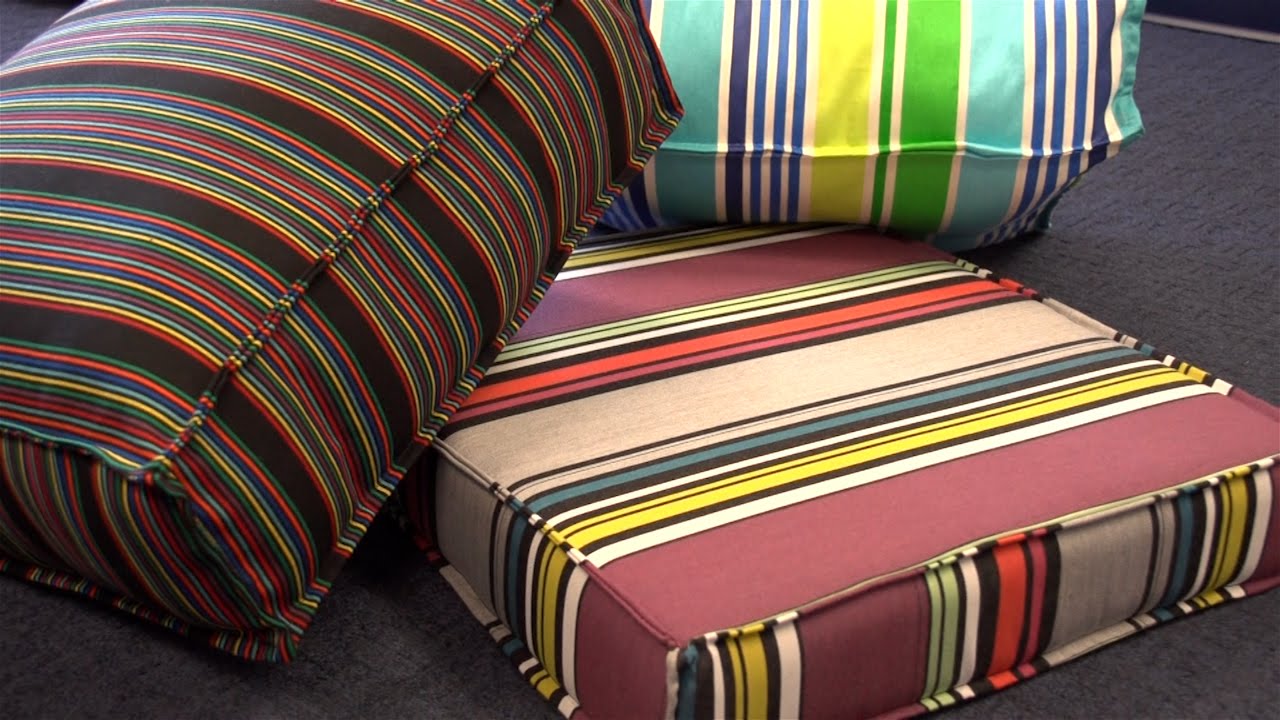
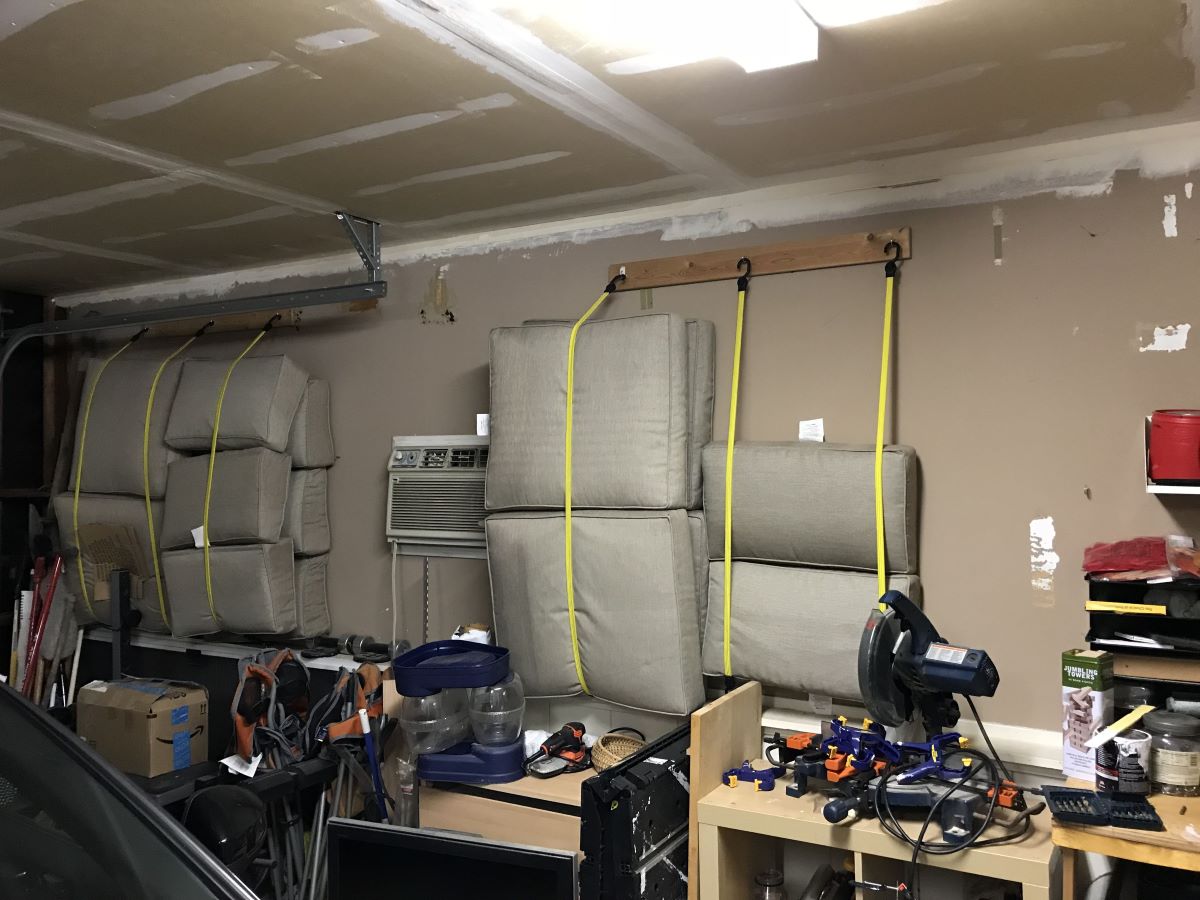
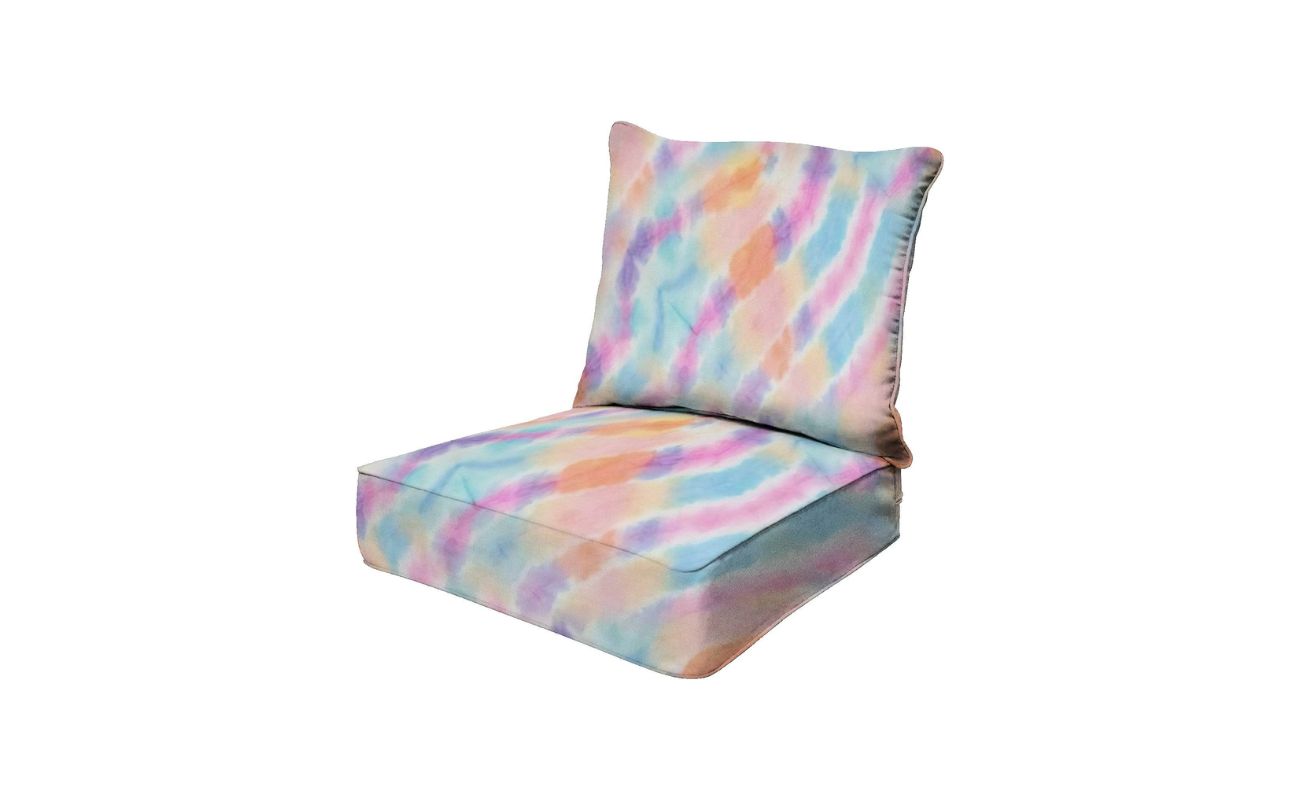
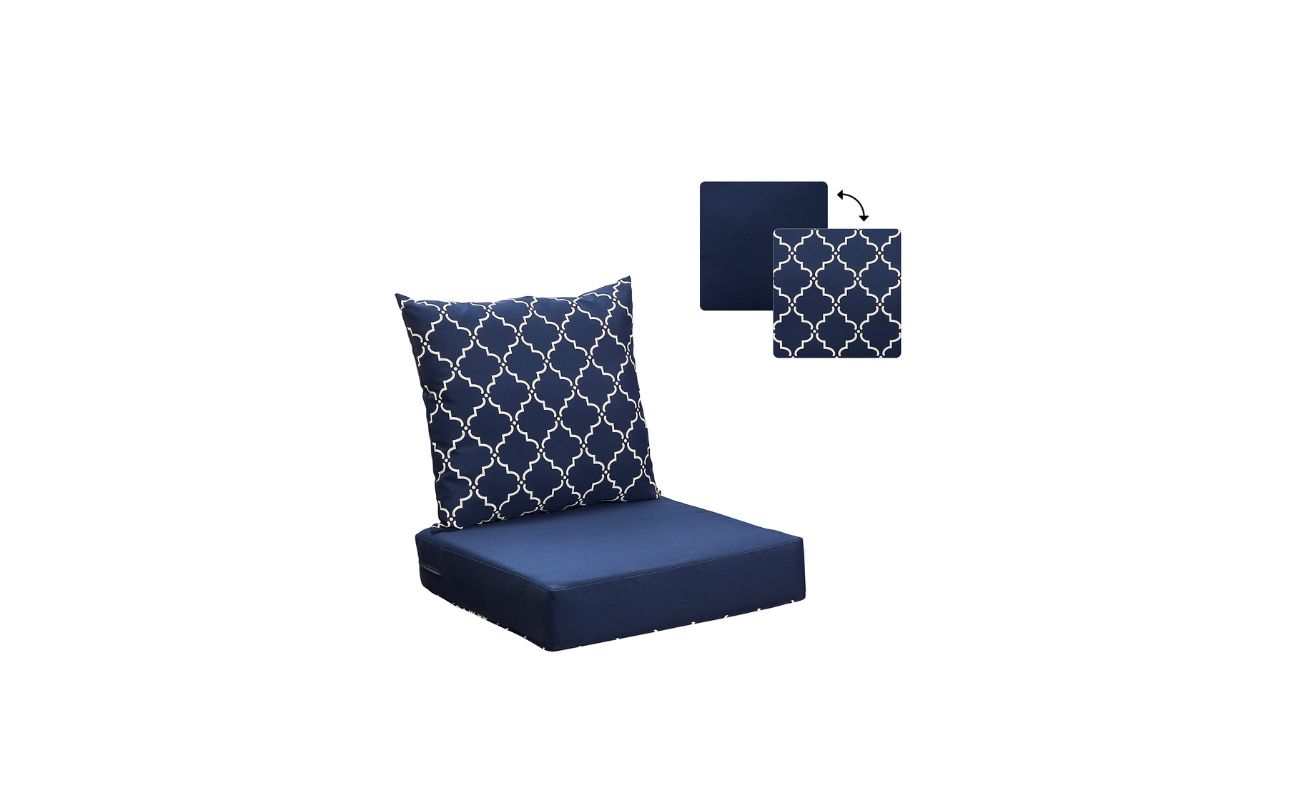
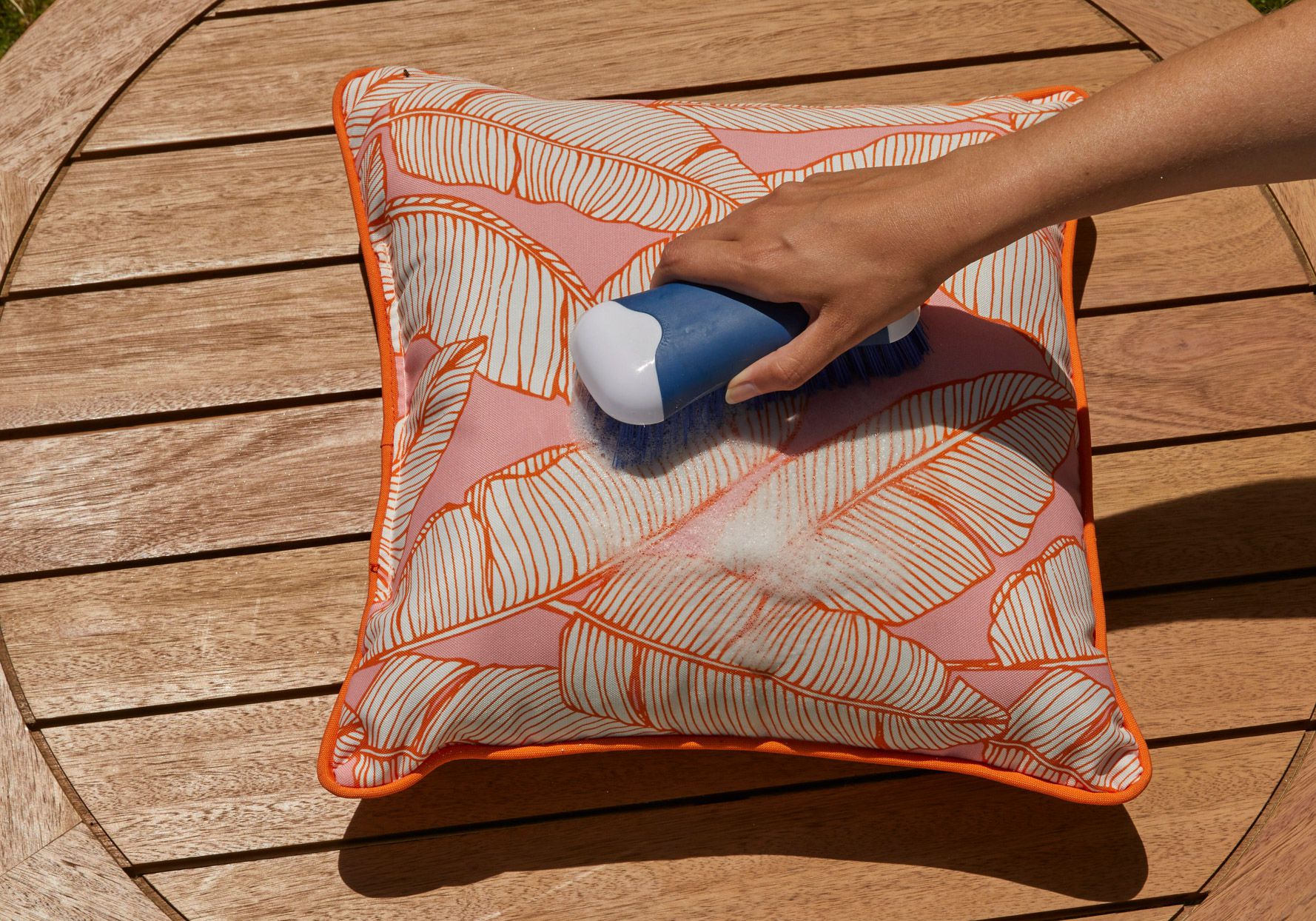
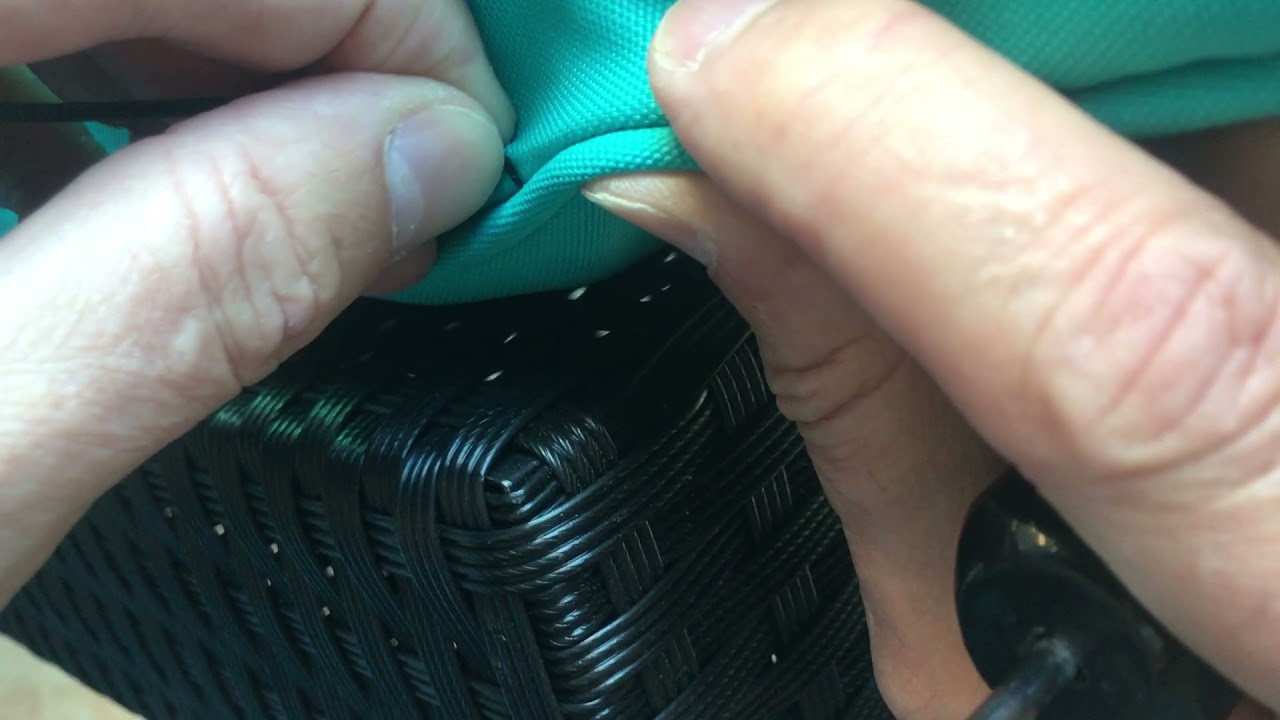

0 thoughts on “How To Recover Patio Cushions”